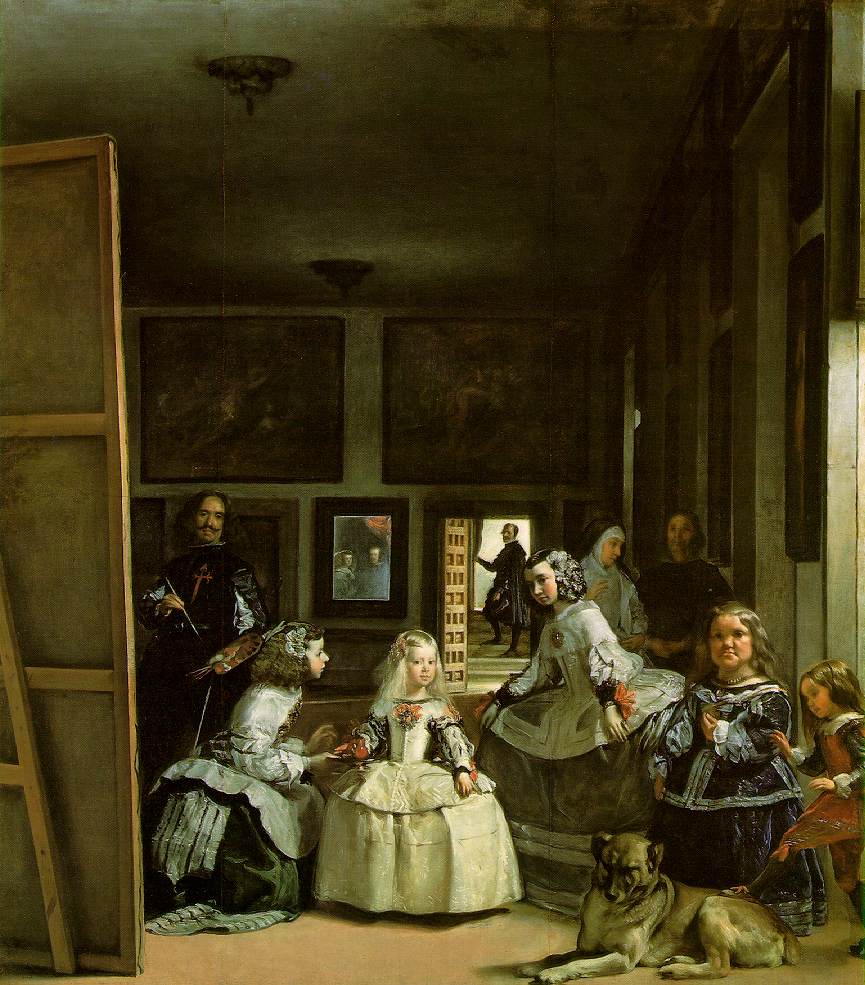I thought I was better at German. If someone can help me make more confident sense of this sentence in Frobenius' Kulturgeschichte Afrikas, I'd be very grateful.
Hier ist ein Typus von Dichtung erhalten, der noch den chaotischen Vulkanismus erster Ergriffenheit durch ein jüngst zuteil gewordenes Neuglied im Kulturbau erkennen lässt. (§51, p. 395)
Here's what I've come up with so far:
Here a(n arche)type is received from poetry, which still shows the chaotic vulcanism of first emotion through a recently assigned new element in the edifice of culture.
Here a(n arche)type is received from poetry—one that still shows the chaotic vulcanism of first emotion through a recently assigned new element in the edifice of culture.
Here a(n arche)type that still shows the chaotic vulcanism of first emotion (through a recently assigned new element in the edifice of culture) is received from poetry.
Here a(n arche)type is received from poetry. Through a recently assigned new element in the edifice of culture, it still shows the chaotic vulcanism of first emotion.
[Update: In the comments, Mark has suggested the following:
Here, a type of poetry has been preserved in which still can be discerned (through a new element that recently joined the edifice of culture) the chaotic volcanism of first emotion.
I think he's right about this. In any case ...]
Bablefish gives us "first seizingness" for "erster Ergriffenheit", which is nicely literal. In a sense "emotion" is "seizingness", i.e., to be more or less "enthralled".
The "chaotic vulcanism of first emotion" is rather Poundian (cf. poems of "first intensity"). I want to use this sentence as the basis of an interpretation of "paideuma". Elsewhere, Frobenius talks about "the ability to be enthralled [ergriffen zu werden, i.e., to be moved emotionally] by the essence of the appearances" (§7, p. 25). Kulchural studies (the methodical pursuit of paideumatic awareness, let us say) is based on this ability.
This form of study would naturally receive much of its insight from poetry, our source of "the best data for determining what sort of creature man is" (Pound, "The Serious Artist", LE, p. 46).



